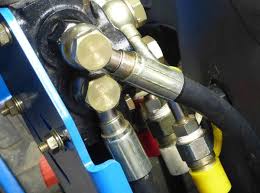Six Common Crimping Mistakes
6 Common Crimping Mistakes Let’s start our latest blog with explaining what exactly crimping is. It’s the process of joining two or more pieces of metal by deforming either or both elements so that they hold each other securely. For those that understand hoses, you will understand that it’s a vital component of any…
6 Common Crimping Mistakes
Let’s start our latest blog with explaining what exactly crimping is. It’s the process of joining two or more pieces of metal by deforming either or both elements so that they hold each other securely.
For those that understand hoses, you will understand that it’s a vital component of any hose assembly.
There is a lot that can go wrong however, so here are some of the common errors….
Using the wrong crimper
Trying to use a crimper that has insufficient pressure to crimp a particular hose or fitting.
Using the wrong crimp die
Using a crimp die that is the wrong size or meant for a different series fitting.
Under-crimping
Disengaging the cylinder before it bottoms out and fully comes into contact with the die ring.
Using the wrong die ring
Don’t assume, check the specifications.
Using the wrong fitting
Accidentally using the wrong series fitting or using a fitting that is not compatible with the hose you’re crimping.
Not pushing the fitting onto the hose far enough before crimping
Wrong hose insertion depth.
With these problems in mind, it’s easy to see that understanding the best practices of crimping is crucial to ensuring that you avoid unnecessary downtime or serious risk of injury.
To ensure the best crimp every time, here’s what you need to do:
- Gather all the required tools
- Mark insertion depth
- Push hose into coupling to marked depth
- Choose correct dies and insert into die holder
- Set machine crimp setting via crimp data sheet
- Insert hose and fittings into machine dies
- Operated pump until indicator light illuminates
- Release pressure until die opens and assembly is released
- Visually inspect for defects and measure crimp diameter against data sheet
For more information on hose crimping please feel free to give us a call on +44(0)191 549 7335 or email us at hos@hos.co.uk


